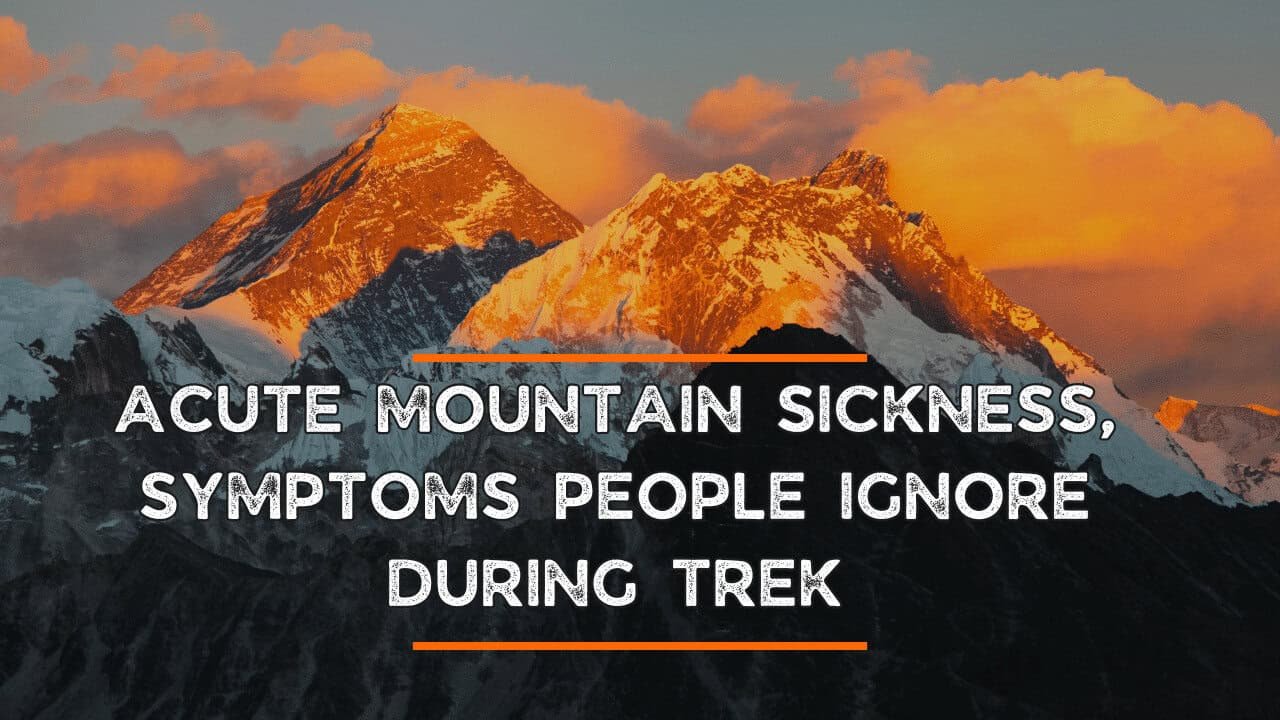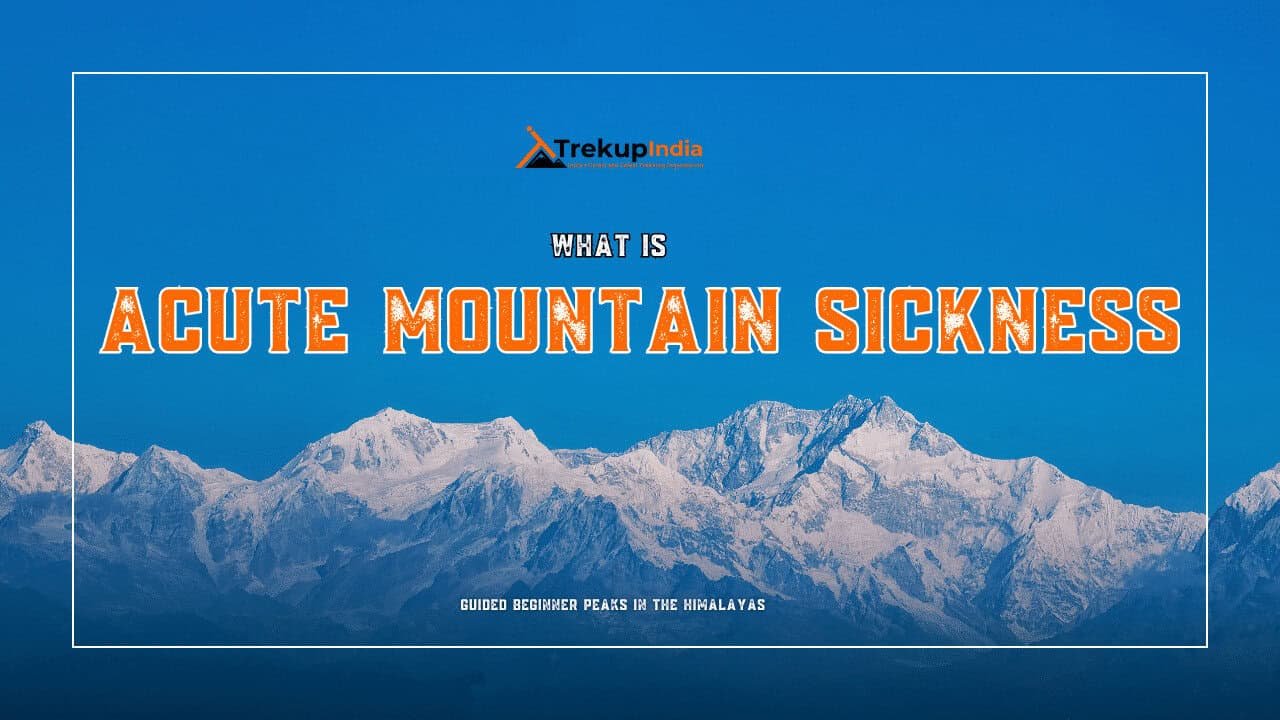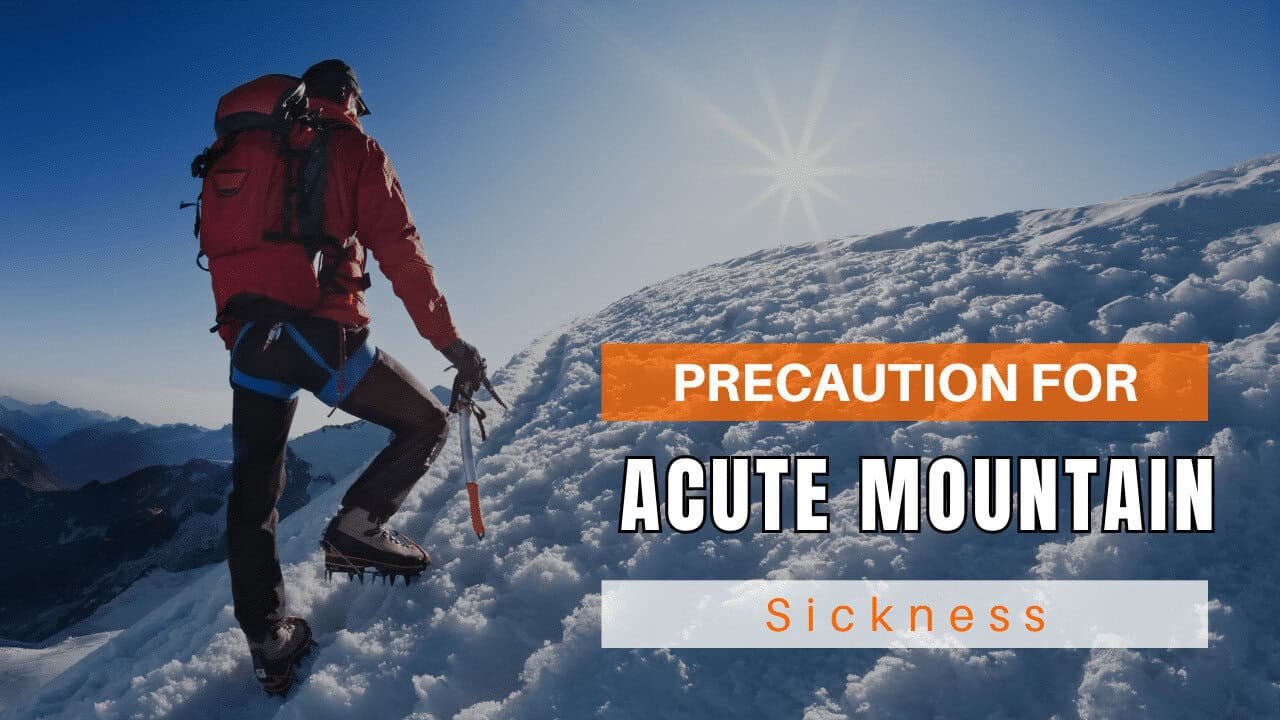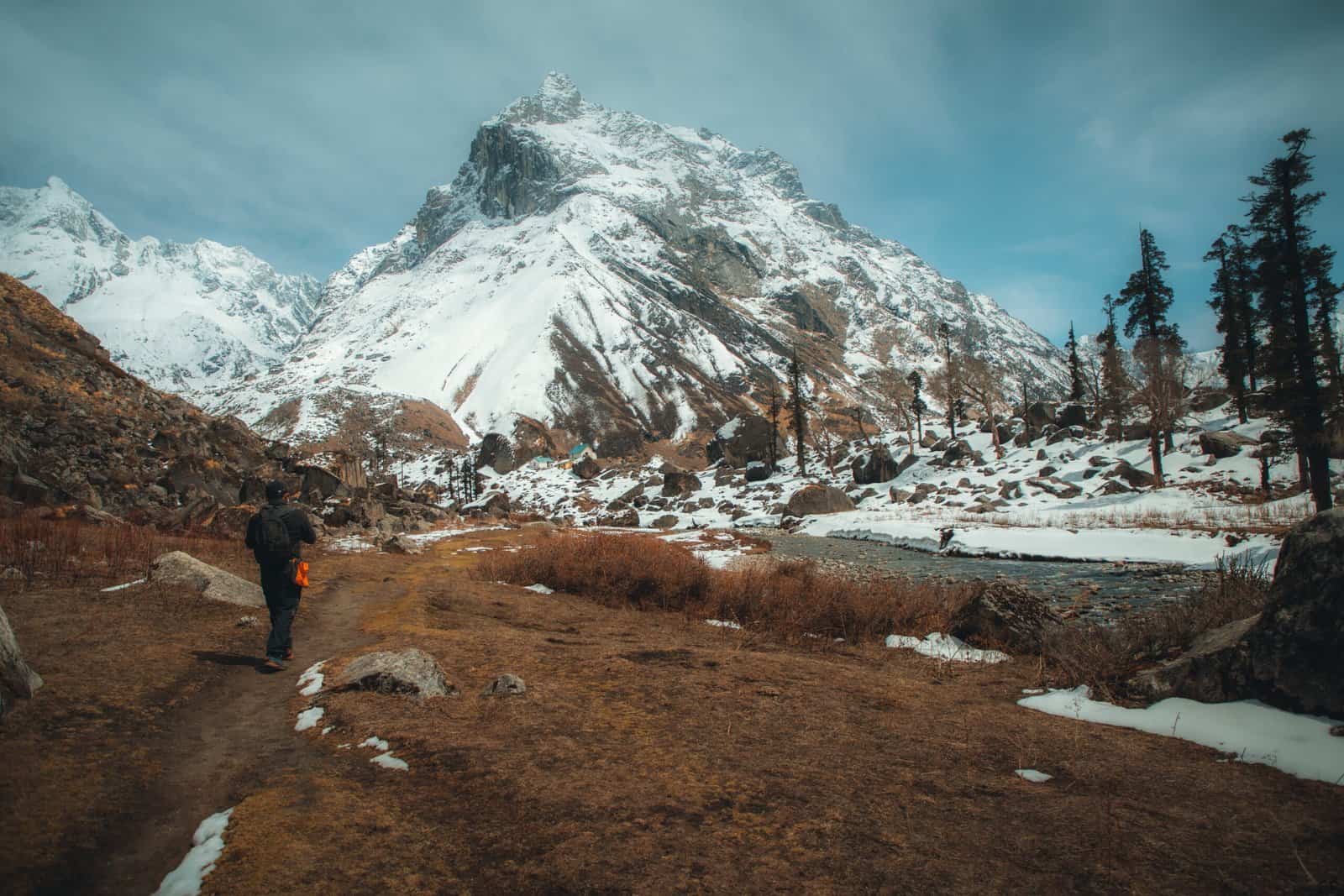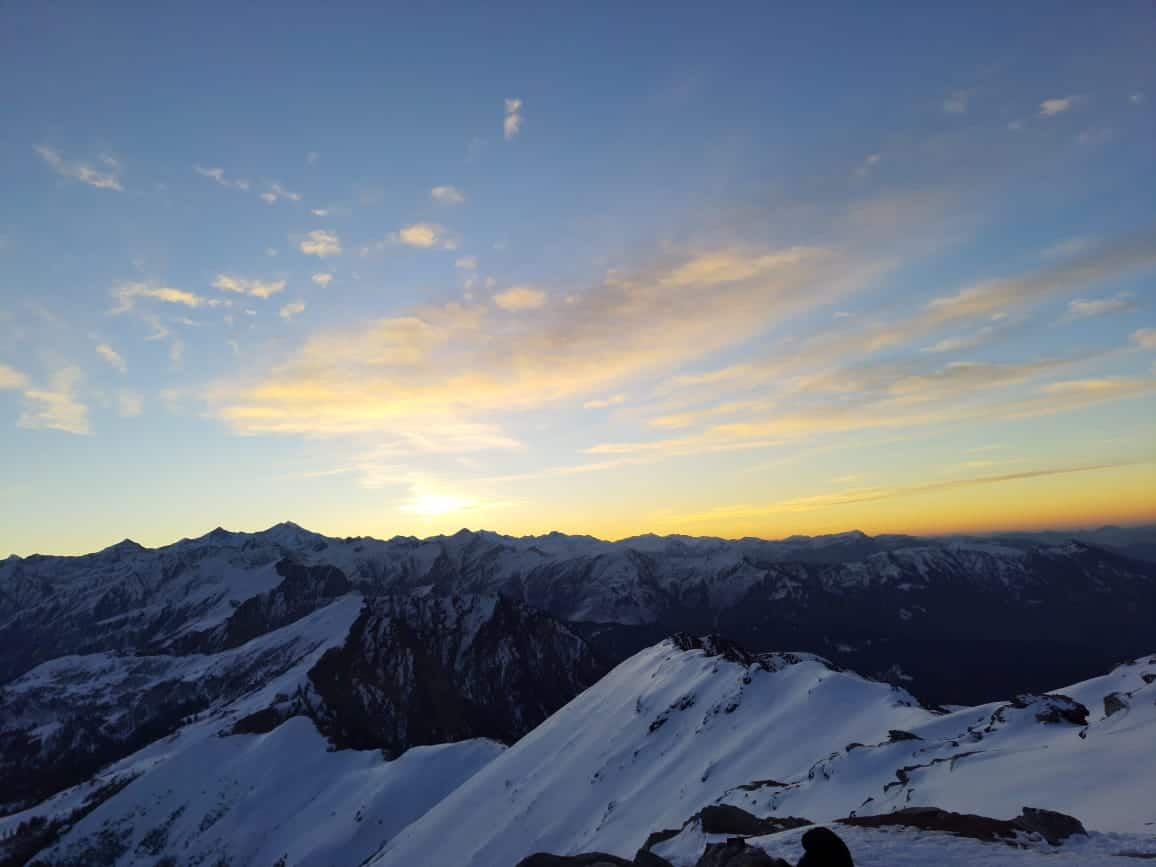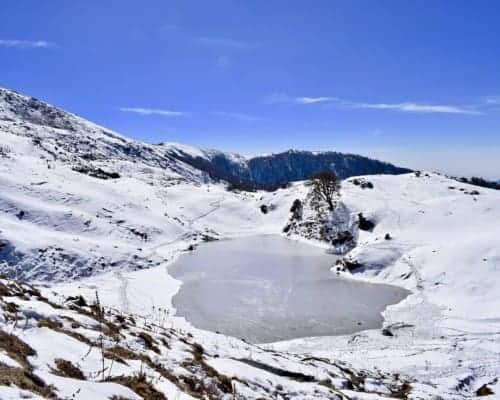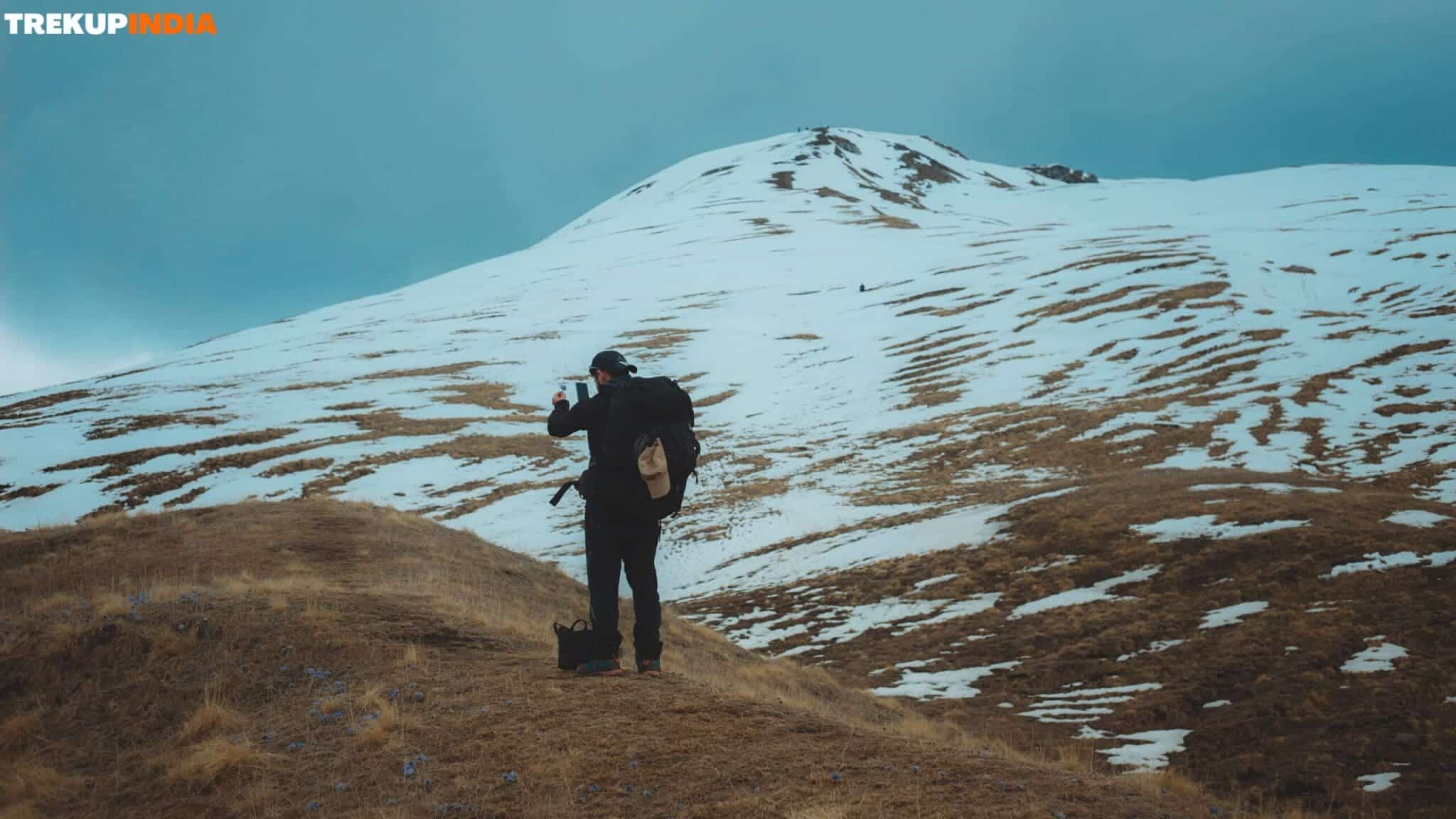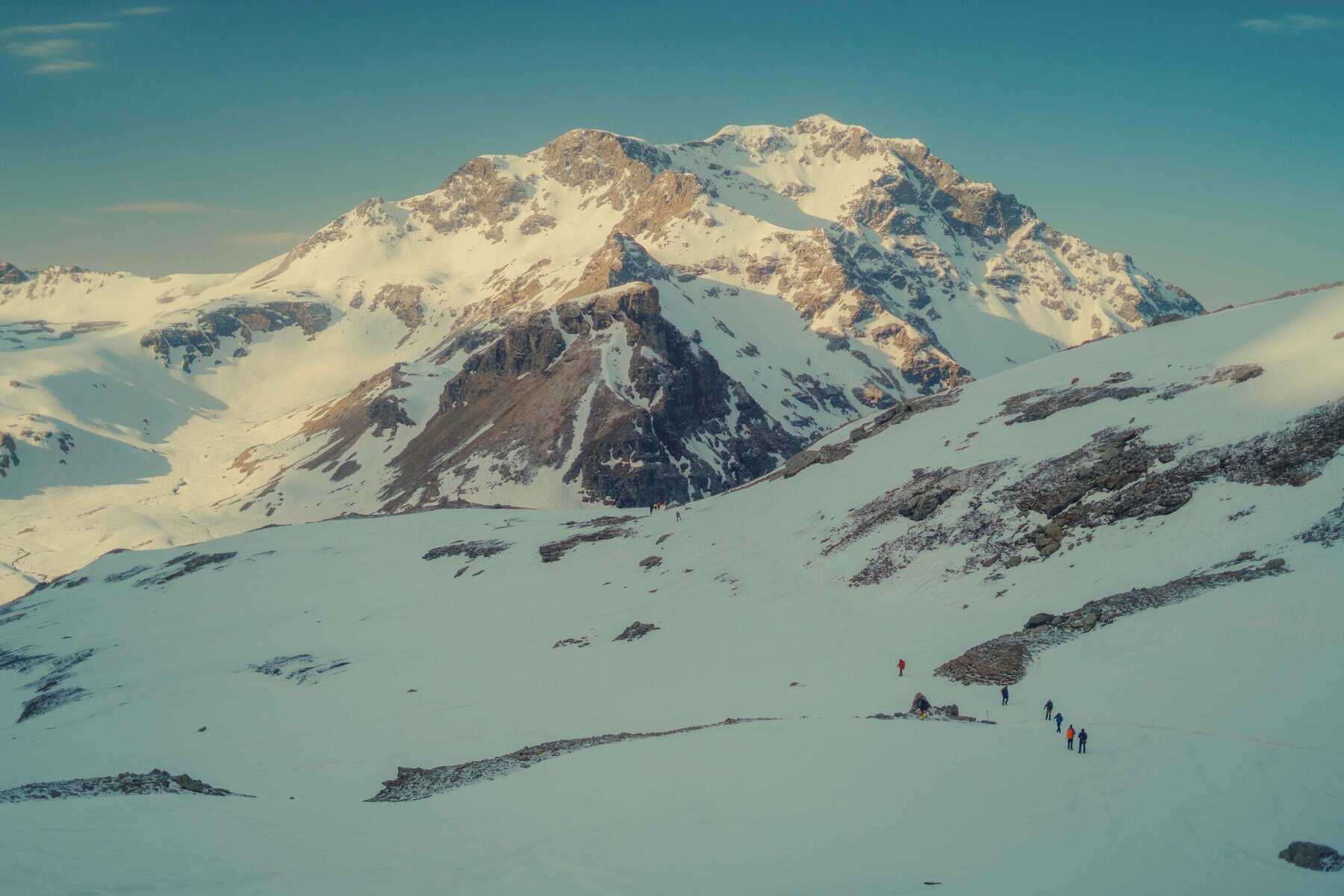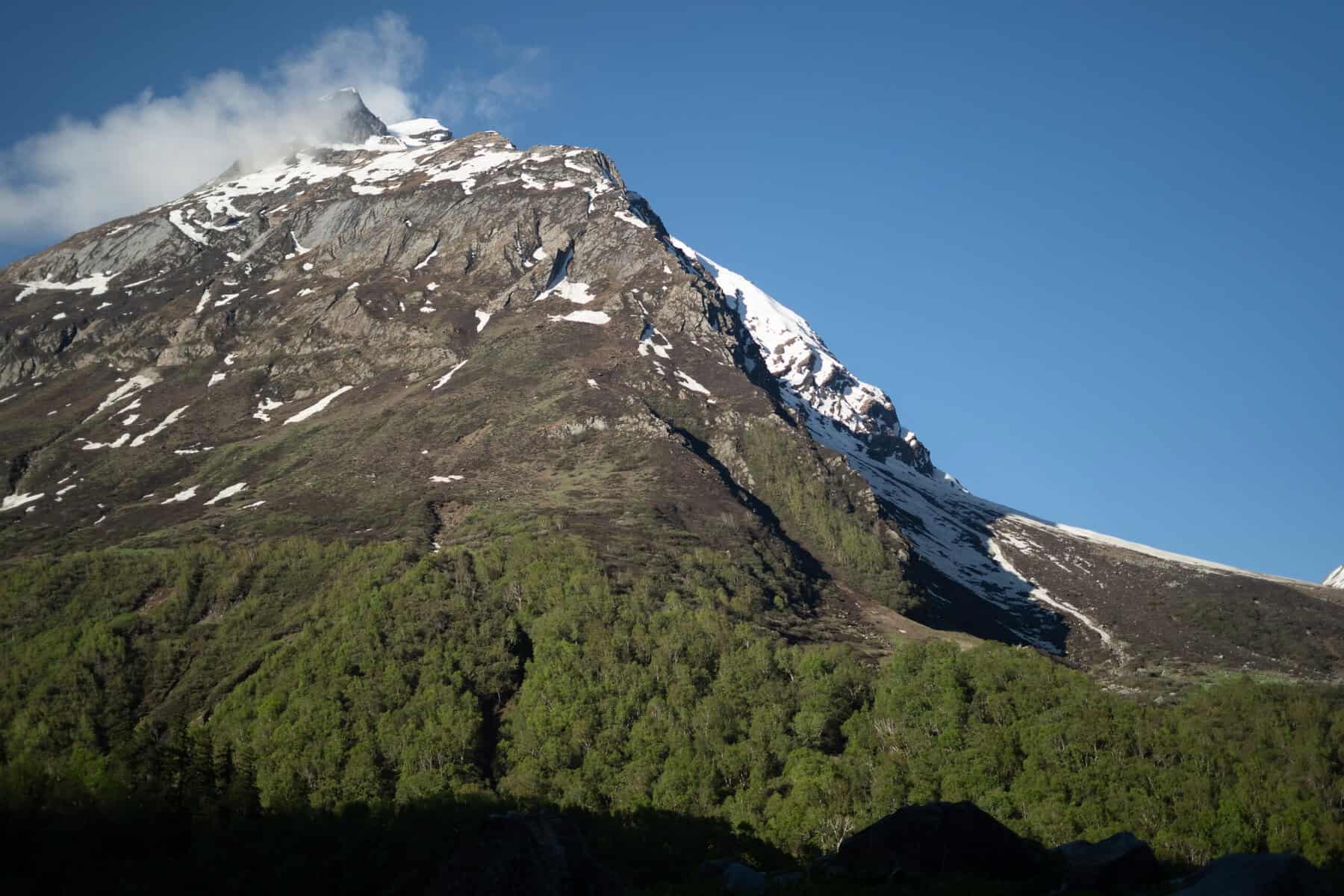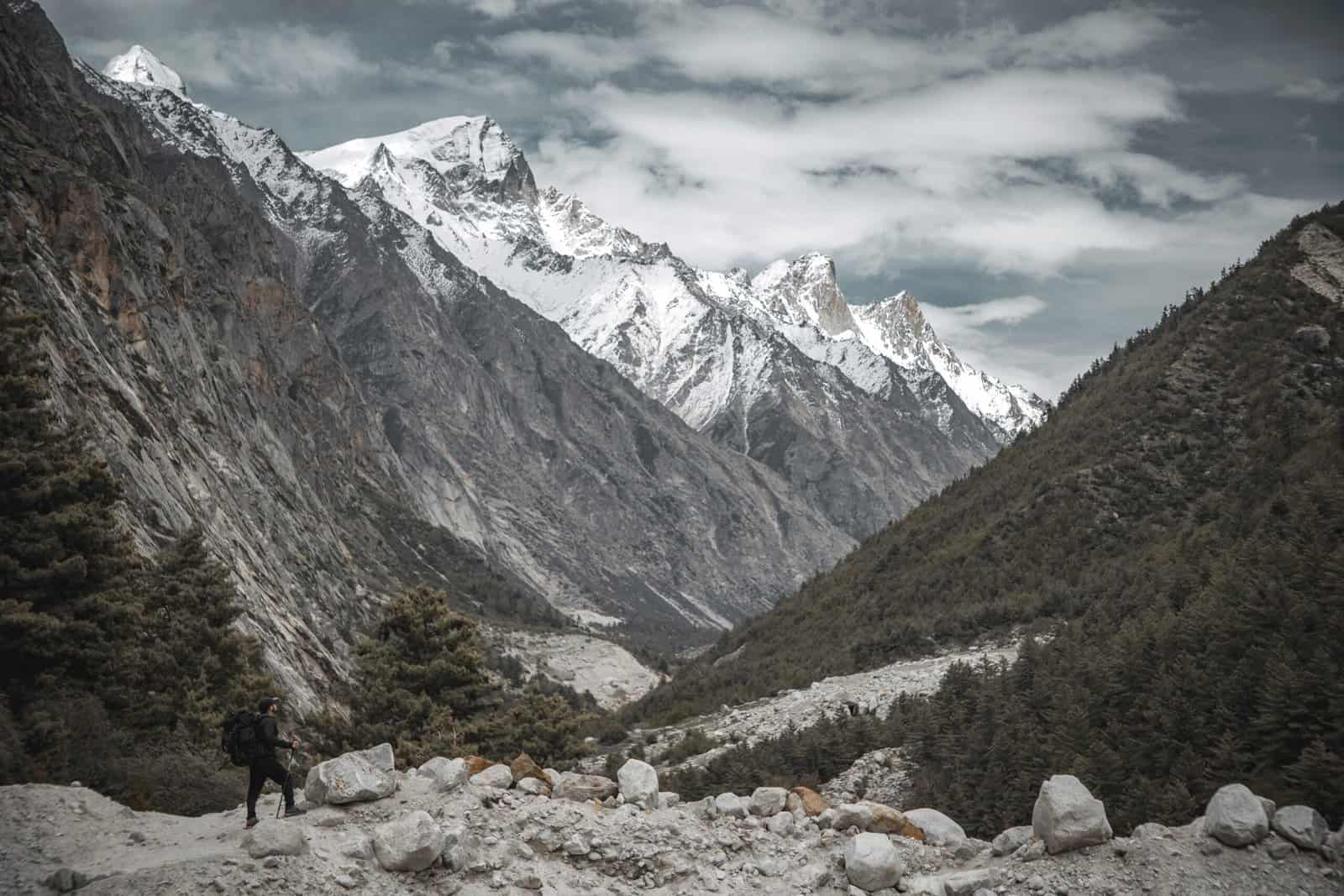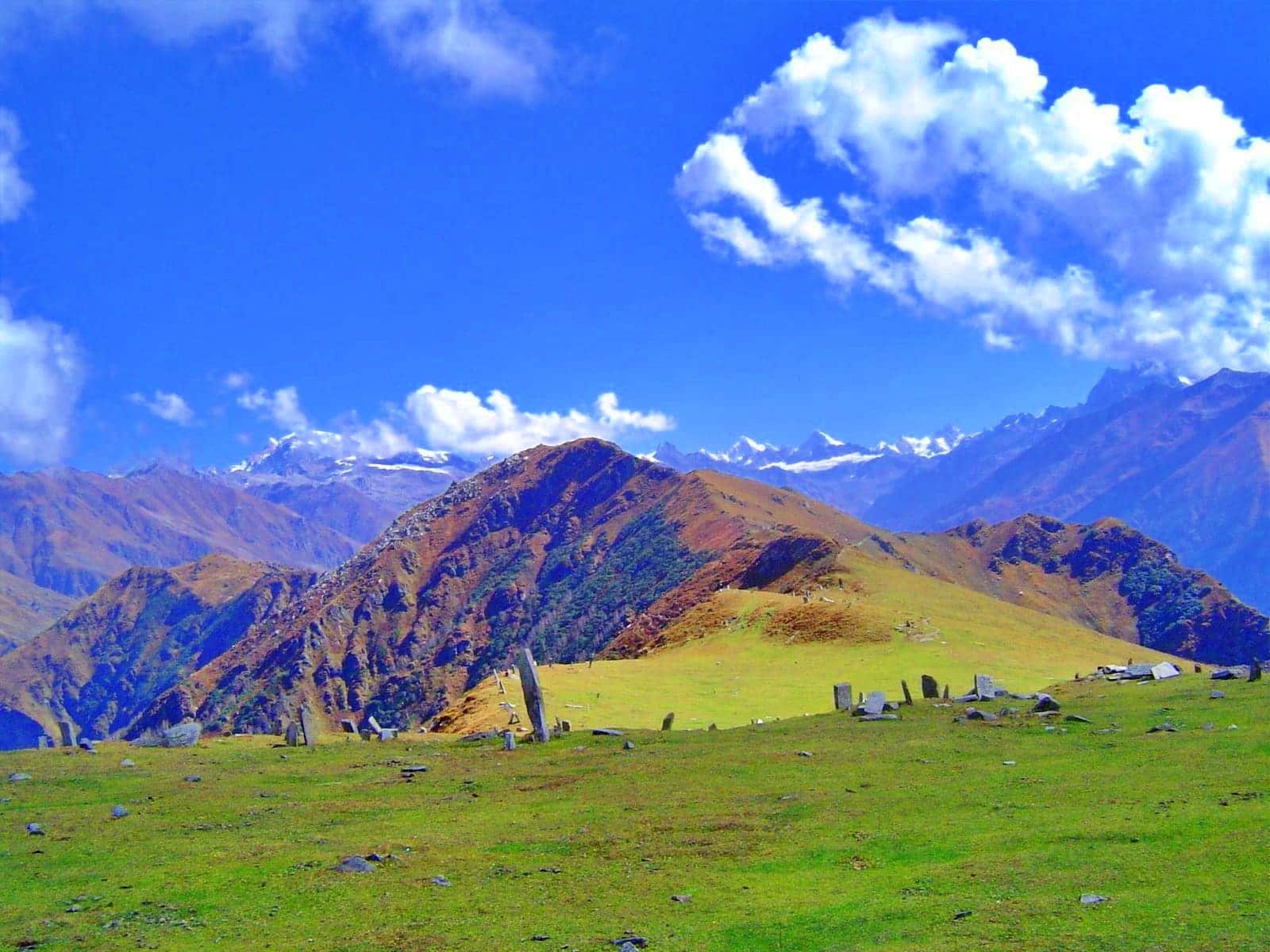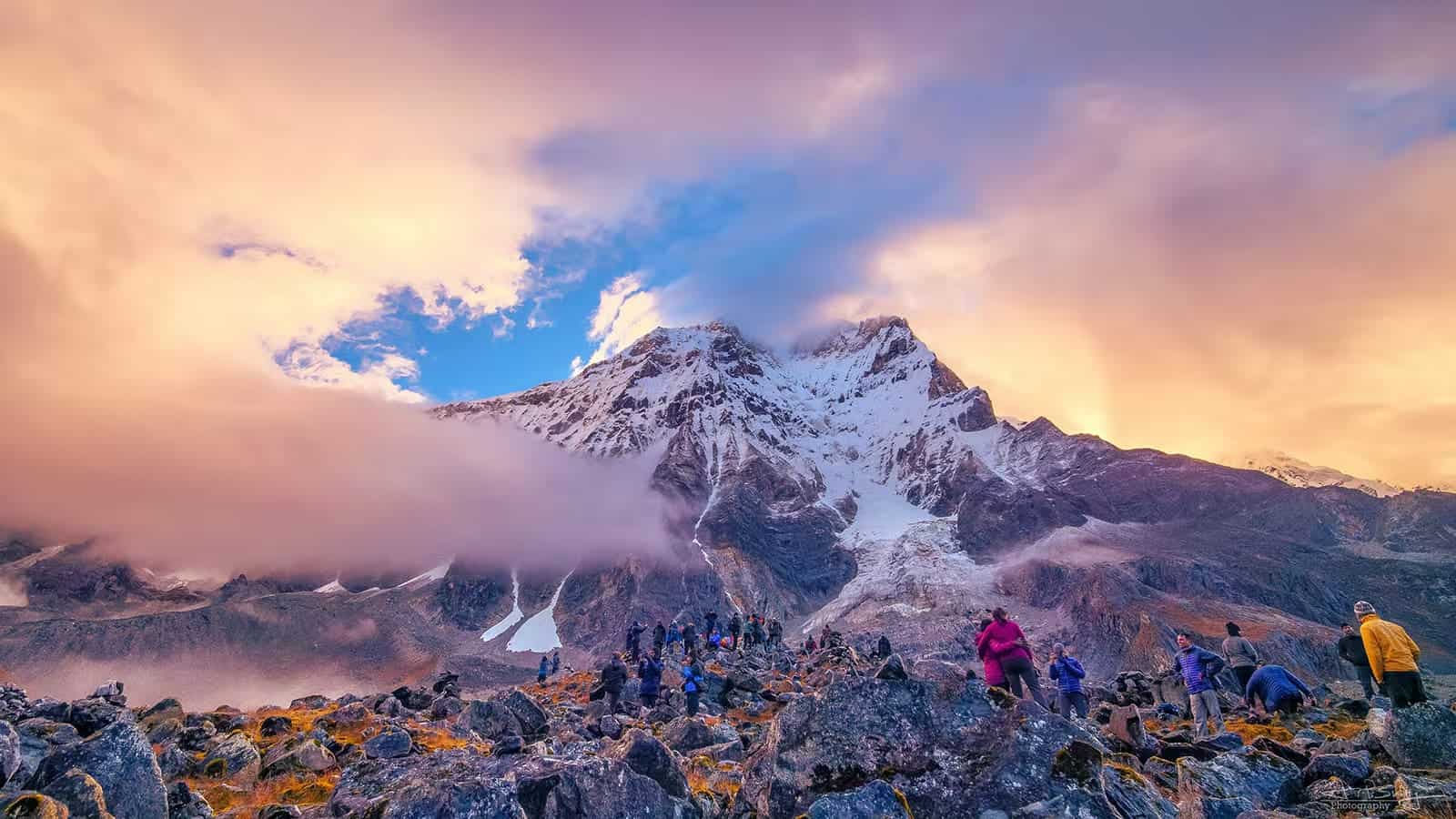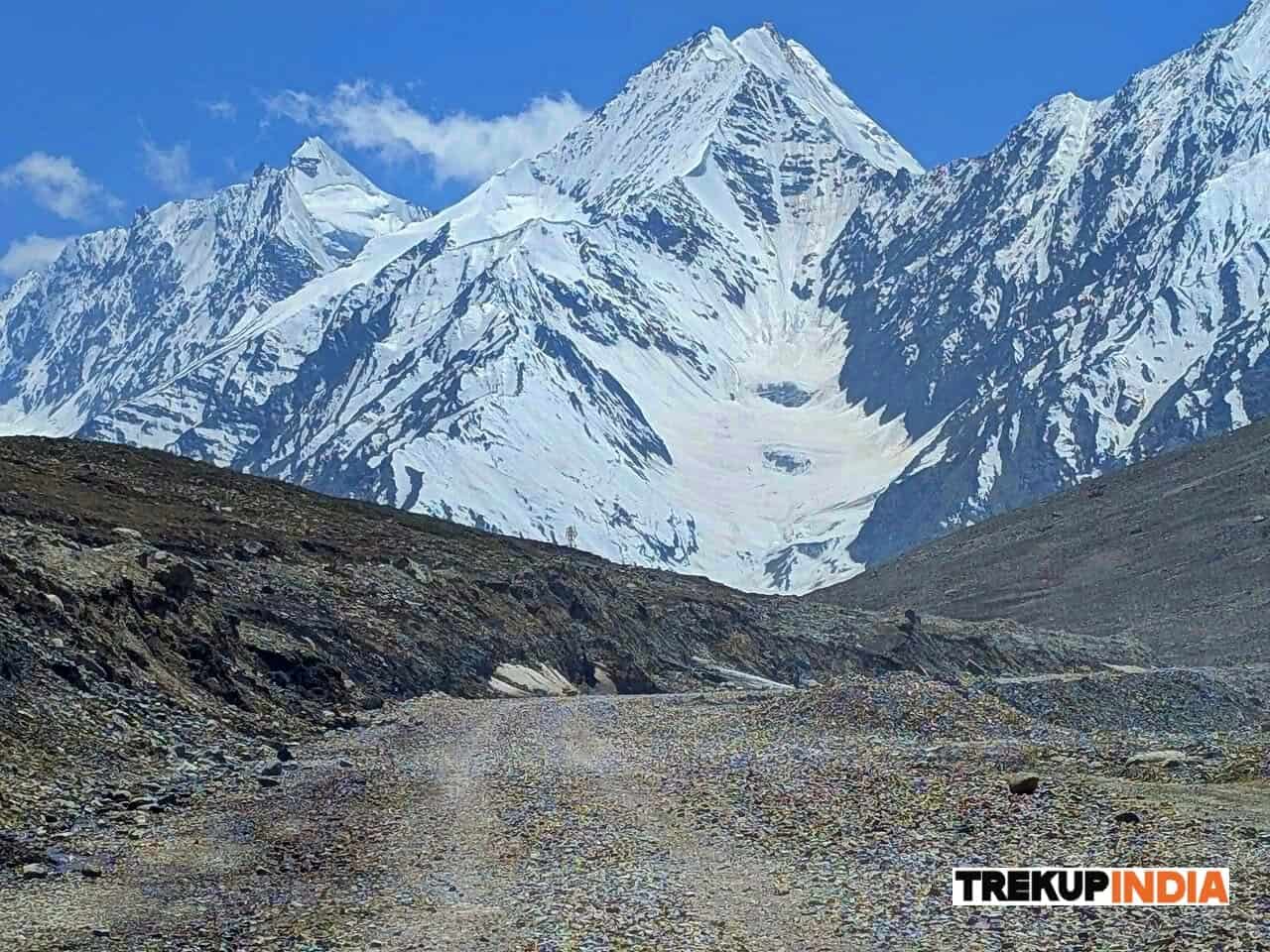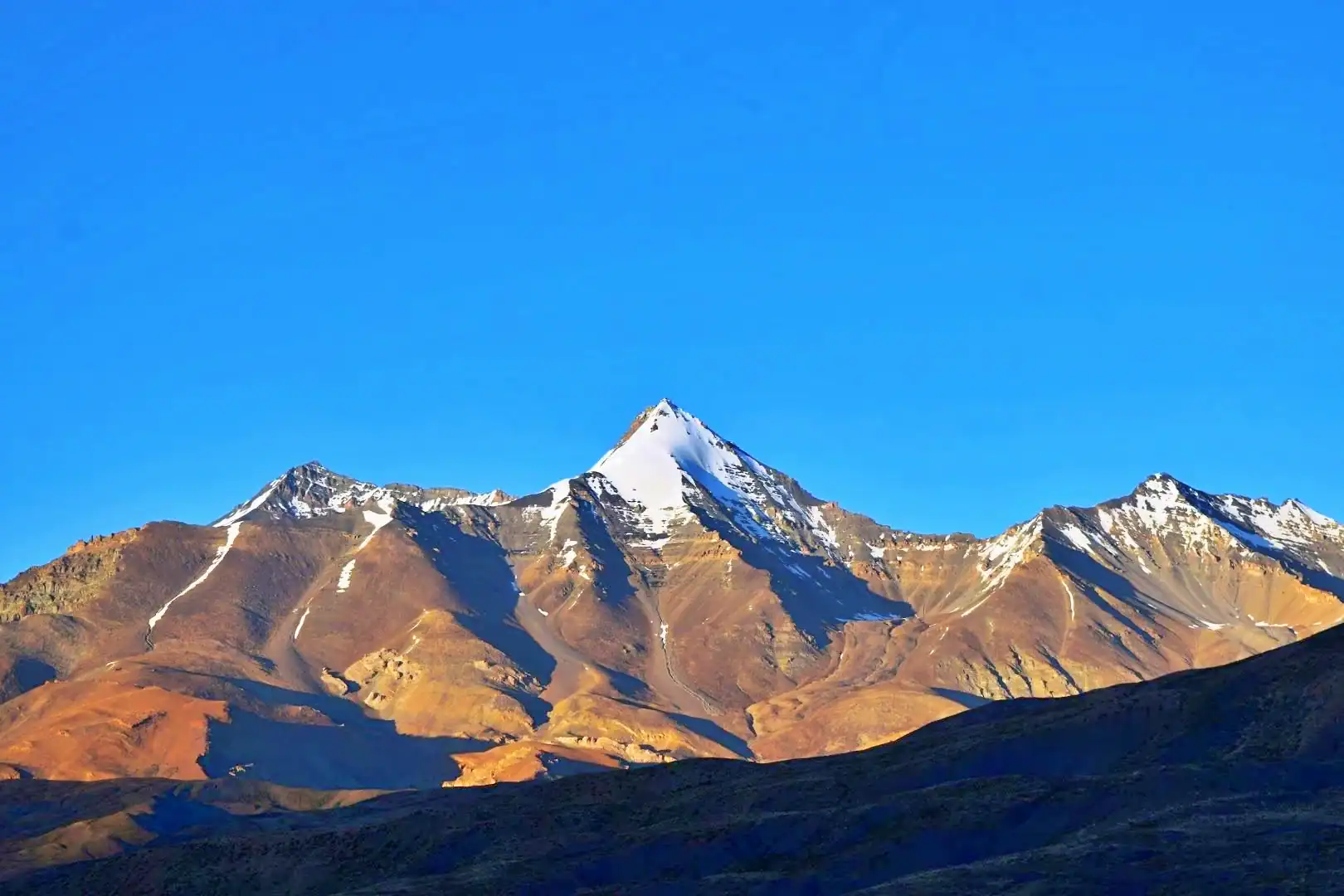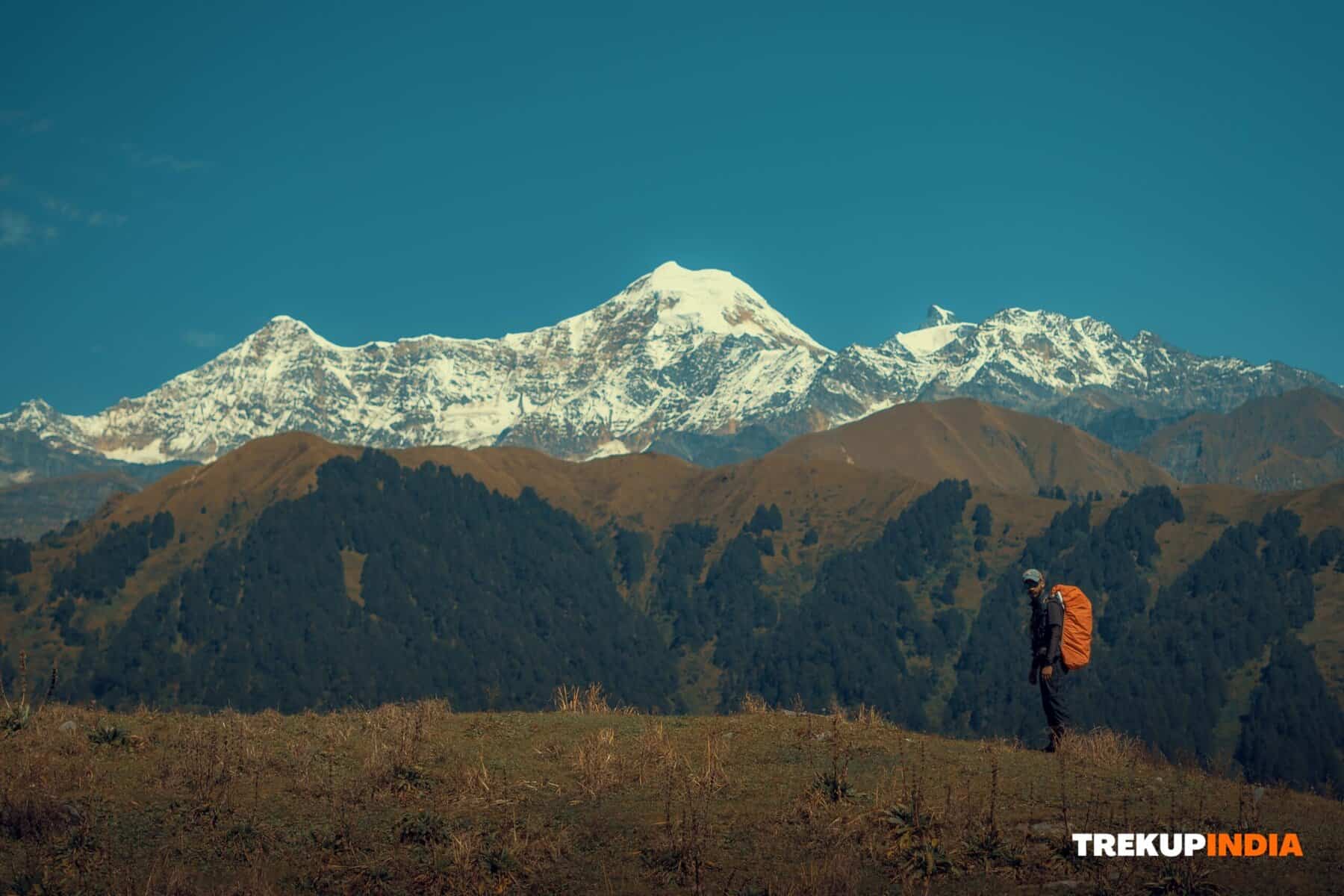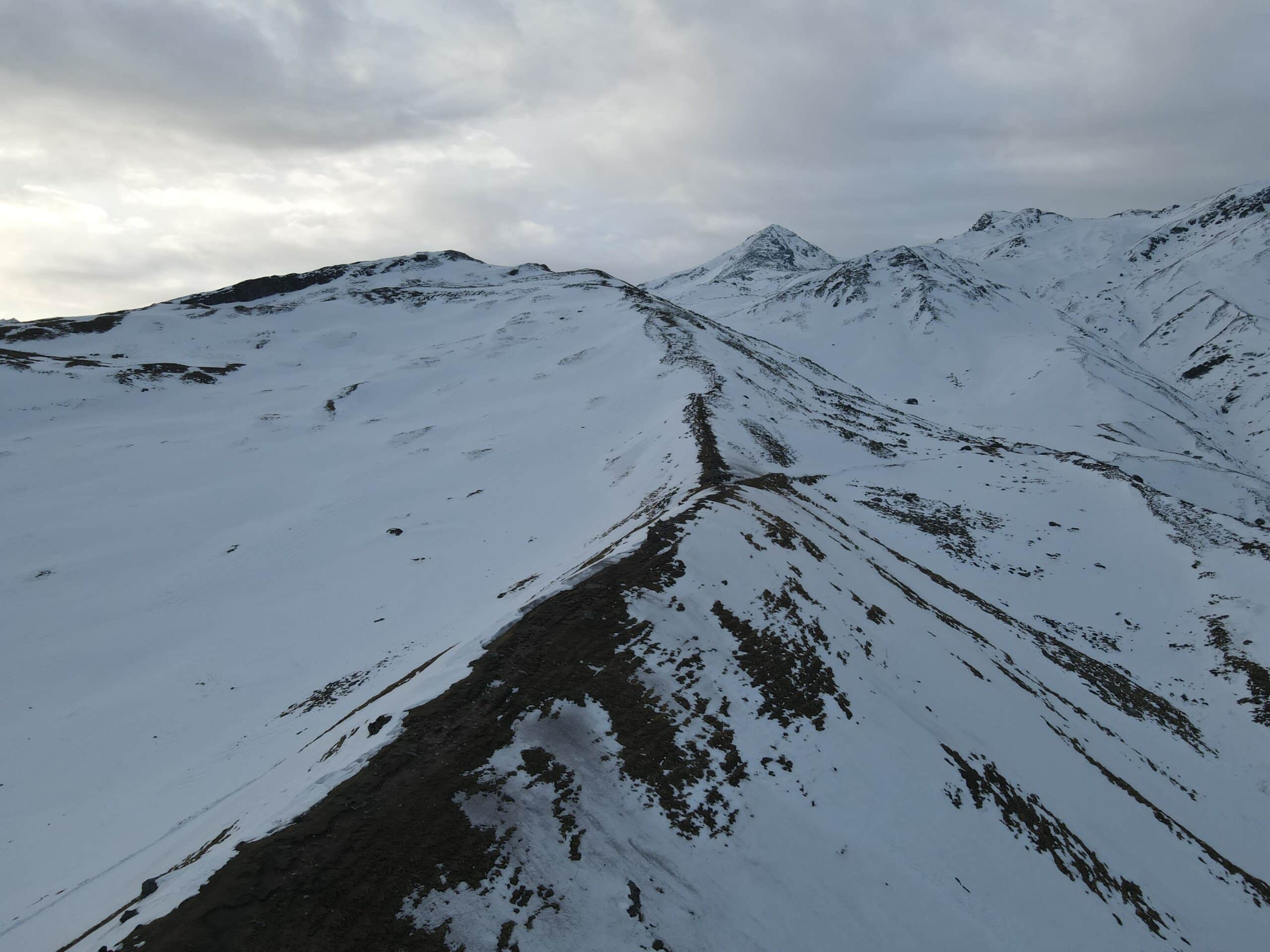How to Stay Hydrated While Trekking: Essential Tips for Trekking
Hydrating is of utmost importance for trekkers. While it might seem simple, many trekkers struggle with fatigue and dehydration during long treks. Drinking enough water is essential to ensuring a successful trek, as water replenishes vital fluids that help your body feel revitalized and alert. Your required fluid consumption depends on both the environmental temperature and your physical exertion level.
Combinations can result in dehydration. At elevation, atmospheric pressure decreases, leading to lower oxygen levels in your body and necessitating additional water consumption to keep yourself adequately hydrated and ensure adequate oxygen levels within it. To protect against dehydration during an elevated trekking experience, drink as much water as necessary to stay hydrated, including drinking enough during elevation to maintain adequate levels of oxygen within your system.
On any trek, your body is constantly losing water – even if you’re unaware of it. Privation, an event which dehydrates you by releasing moisture vapours into the atmosphere, and creates visible privation, can dehydrate you further and may leave breathers with misty lips in winter cold conditions; both signs that your body is continually expending water vapour.
Higher elevations, where oxygen levels are diminished, require your body to breathe faster in order to offset reduced levels. This could result in dry mouth or dehydration; thus, more liquid water must be consumed during these conditions.
Your body depends on water for energy to power your muscles and maintain internal chemical equilibrium, keeping you fit and functioning optimally. To stay hydrated during a walk, dehydration can turn an otherwise enjoyable trek into a painful one, creating unpleasant feelings as well as increasing the chances of altitude-related diseases. As we have come to recognize the necessity of drinking water during your journey, I would like to provide useful tips on how to do so successfully.
Hydrate during your trek: Hydration is an essential aspect of trekking.
Participating in treks can be physically demanding on your body. By exerting yourself outdoors, sweating, respiration, and the cold are all ways that vital fluids leave your system, leaving it depleted of essential hydration reserves that must be replenished with new ones to remain healthy. Failing to replenish these fluids could result in various types of health complications, including exhaustion, muscle spasms. At times, even death could ensue without replenishment – water is essential not just for quenching thirst but for life itself.
Know the amount of water that your body requires daily.
Start each morning right by drinking 500 millilitres of fluid as soon as you awake. Additionally, it may be wise to consume an additional 500 millilitres within an hour after awakening. As you trek, make sure to do short flashes of flash hydration frequently throughout your trek, taking small gulps every few minutes until fatigue sets in and then sipping water regularly at moderate frequency, targeting about 6-7 millilitres over several shorter breaks.
Increase Your Hydration Capacity
Establishing a water drinking routine can be challenging. Most of us are unfamiliar with drinking sufficient quantities, making it crucial to start the transition approximately two weeks before beginning our journey. One way to combat the issue is to combine drinks containing ORS/Energy with water. These sachets replenish essential minerals and salts lost due to sweating, with lemon or orange flavour options making drinking water much simpler. It is recommended to consume this drink at least halfway through your trek day.
Why is it necessary to switch from water bottles to hydration packs?
Assessing how much water you will need on a given day is of the utmost importance when trekking, and you should always bring an additional water bottle along for use during trekking trips. A hydration pack provides for easier drinking while on the move and sipping of fluids throughout the day.
Add Electrolytes to Water.
Consuming too much pure water devoid of essential minerals can throw your body’s salt balance off-kilter, leading to hyponatremia. When hiking long distances or at higher altitudes, adding electrolytes or oral Rehydration Salts could help maintain optimal body hydration levels and avoid hyponatremia. For this reason, consider supplementing with electrolytes or oral Rehydration Salts such as Oral Rehydration Salts.
Water Sources
Gain information on the availability of water throughout the day. Trekking trails tend to be designed with accessibility in mind, making it vital to know where you can find sources along the trail. In areas where supply may be limited, it would be prudent to have a water filter with you at all times – flowing streams or natural springs tend to provide safe sources.
Early Start
Moving around in shaded areas is one way to prevent fluid loss from your body, which may otherwise come through sweating. Therefore, staying under cover whenever possible and starting early morning walks when predicted temperatures could become intensely warm is advised; similarly, waiting until after the hottest sun hours have passed before beginning your trek can help minimize heat stress.
Nutritious Hydration
Focus on eating nutritious food while limiting alcohol and fizzy drinks consumption. Drinks such as herbal tea, soup and chocolate offer healthy options to stay hydrated.
Stay Hydrated, Stay Alert
Don’t depend on impulse when it comes to drinking more water; rather create the habit of sipping small amounts regularly in order to ward off dehydration risks.
About Author

Anoop Rawat (Admin TrekUp India)
Anoop has worked for 5 years as a Trek Leader with TrekUpIndia, leading numerous treks across the diverse and challenging terrains of Uttarakhand and Himachal Pradesh. He holds a degree in Geology with a specialization in Geographic Information Systems (GIS) from UPES Dehradun. During his academic years, he actively applied his classroom knowledge in the field—most notably by contributing to a glacier research project on the Jundar Glacier in the Har Ki Dun Valley, Uttarakhand. Write Anoop at anoop@trekupindia.com
Share this article
Dates For Upcoming Treks
Want To Trek Like Pro?
Basically, watch these videos if you want to trek the same way professional trekkers do and make your skills better. These videos contain useful tips and techniques to further improve your trekking skills itself. These videos actually help both new and experienced trekkers improve their trekking skills. These videos definitely provide useful tips that make your trek better. We are seeing that these videos by Trekup India experts will only help you make your trekking skills better.
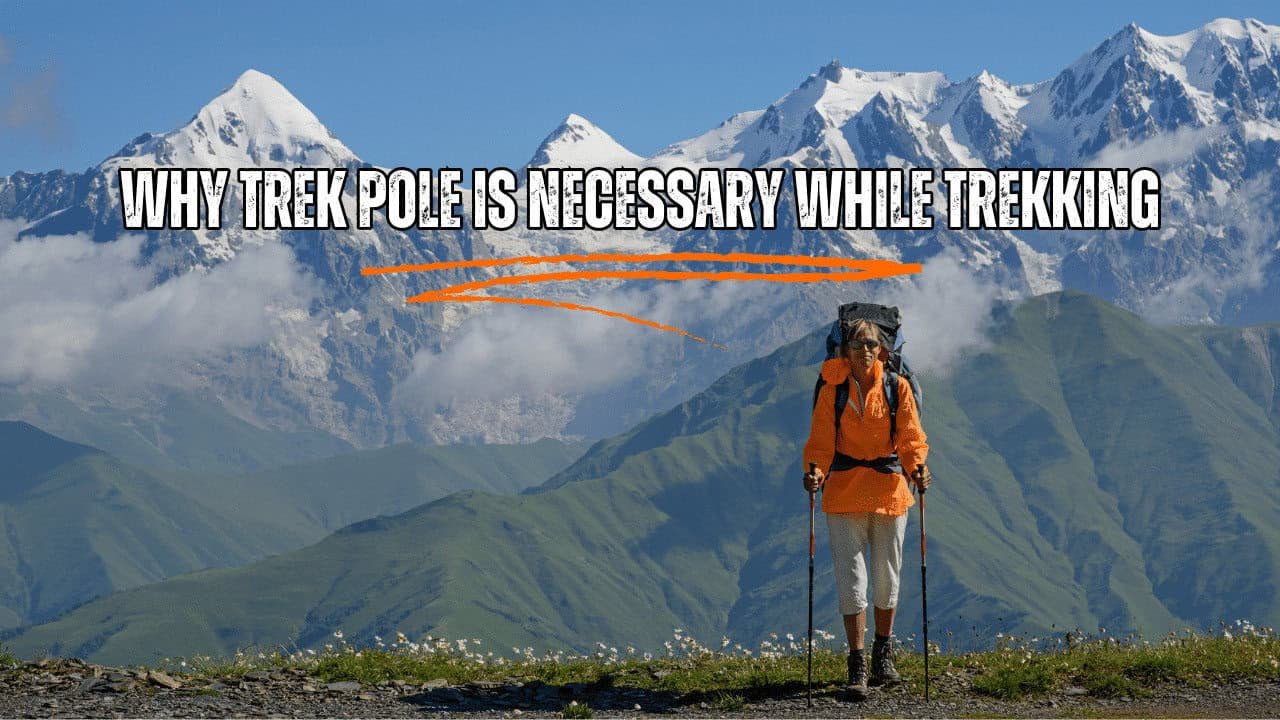

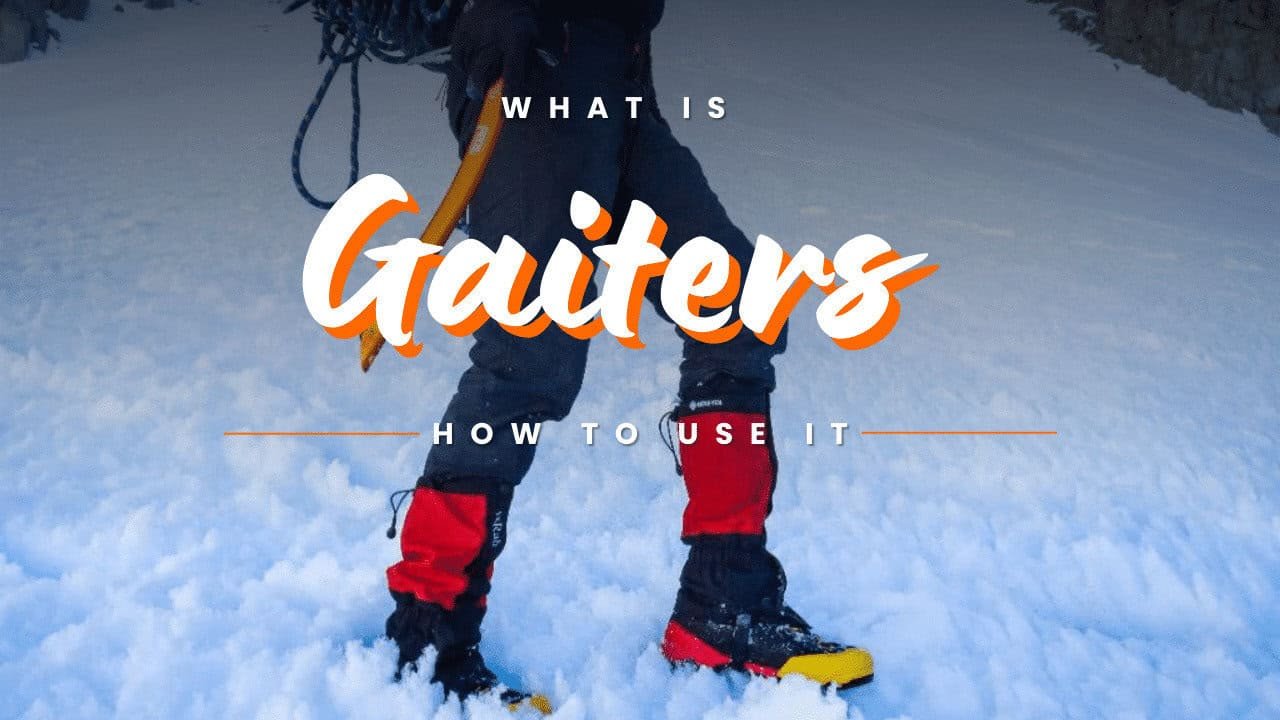
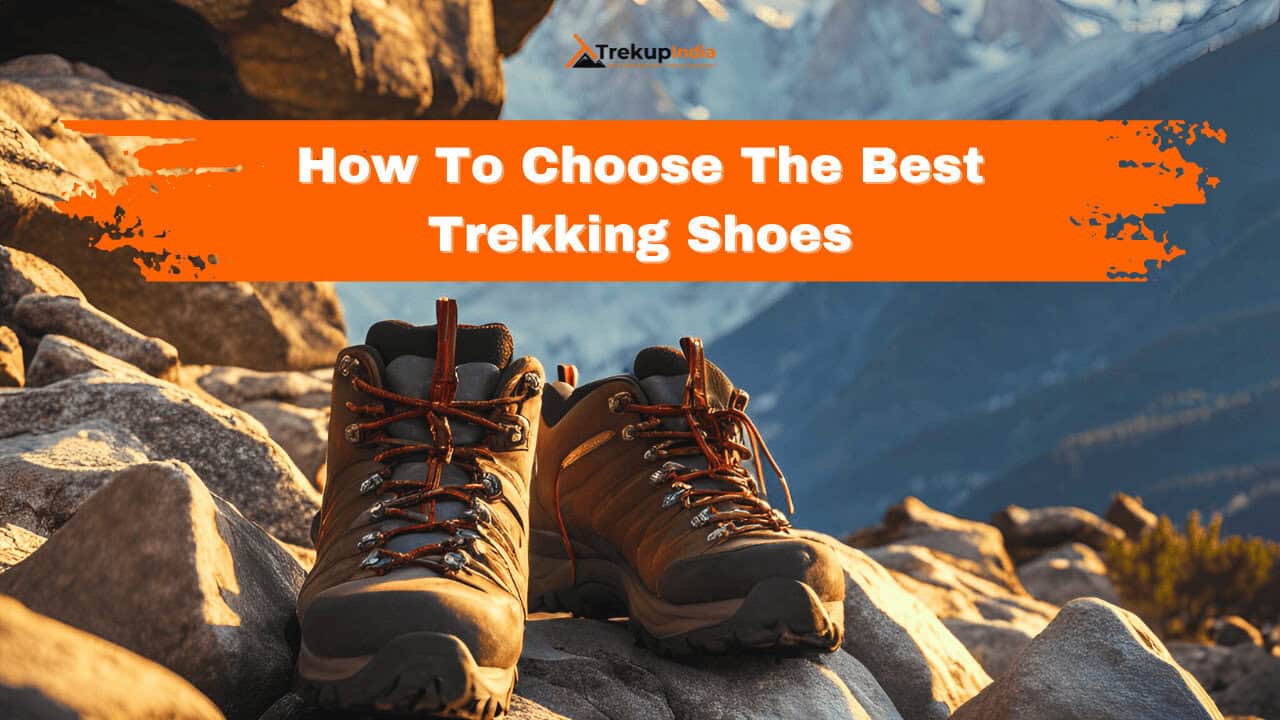

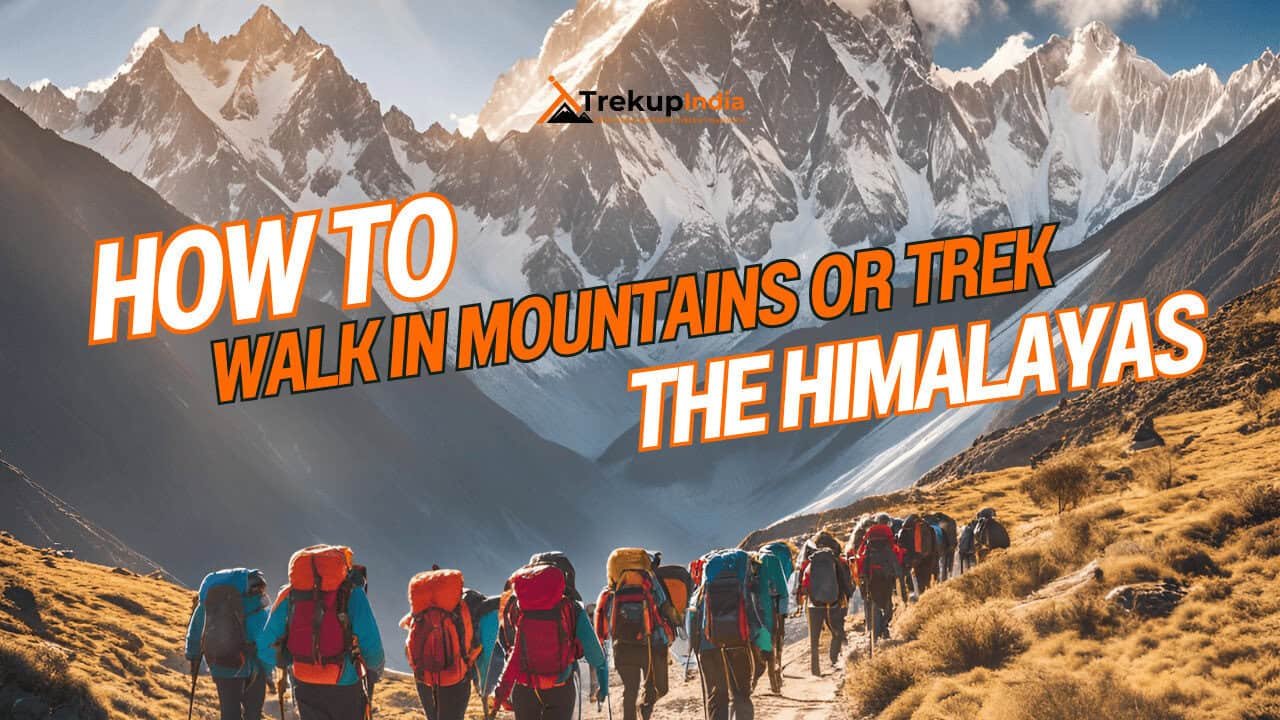

Know Everything About Acute Mountain Sickness
Acute Mountain Sickness occurs when people trek to high altitudes above 8,000 feet. This condition itself develops further due to reduced oxygen levels at such heights. Basically, as you go higher up, the air pressure and oxygen levels decrease, which causes the same problem. Acute Mountain Sickness surely causes headache, nausea, vomiting, and dizziness in affected persons. Moreover, peoples also experience difficulty in sleeping during this condition. To avoid mountain sickness, you should actually trek up slowly to higher altitudes. To learn further about this condition itself, watch the videos by Trekup India.
